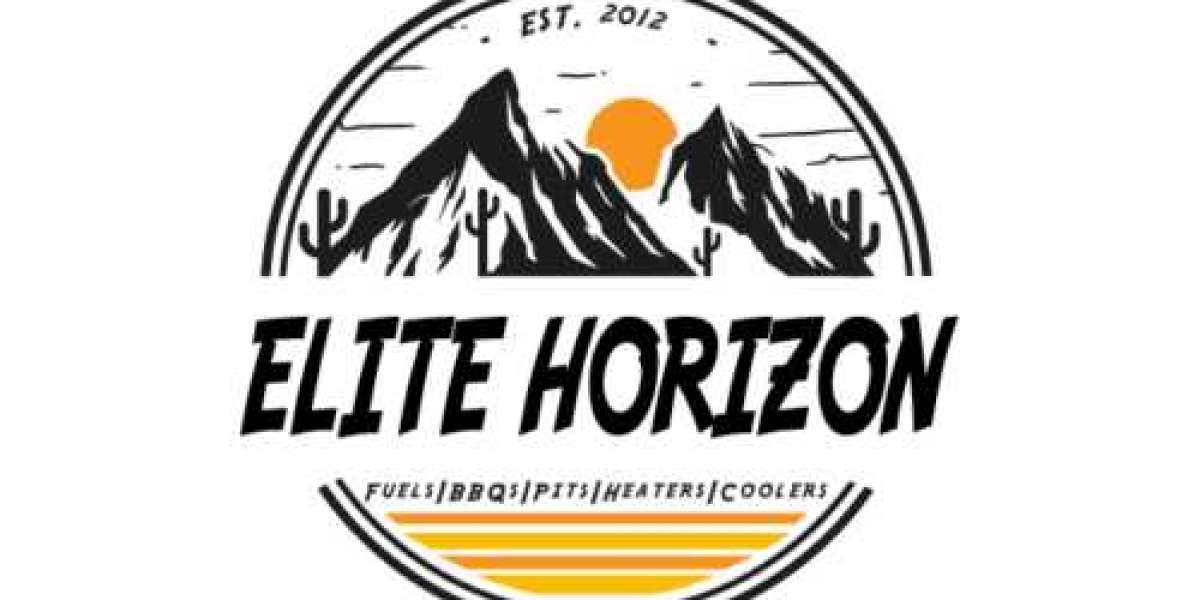In the realm of outdoor comfort, few things rival the warmth and ambiance provided by an outdoor propane heater. Whether you're entertaining guests on a chilly evening or simply enjoying a quiet night under the stars, these versatile heaters offer both practical functionality and aesthetic appeal. In this comprehensive guide, we'll delve into everything you need to know about outdoor propane heaters, from their various types and features to installation tips and safety precautions.
Understanding Outdoor Propane Heaters
Types of Outdoor Propane Heaters
When it comes to outdoor propane heaters, there are several types to choose from, each catering to different needs and preferences:
1. Freestanding Propane Heaters:
- Freestanding propane heaters, also known as patio heaters, are a popular choice for outdoor spaces such as patios, decks, and gardens. They typically feature a tall, slender design with a heating element at the top and a propane tank concealed within the base.
2. Tabletop Propane Heaters:
- Tabletop propane heaters are smaller and more portable than their freestanding counterparts. As the name suggests, they are designed to be placed on outdoor tables, providing localized warmth for dining or socializing.
3. Wall-Mounted Propane Heaters:
- Wall-mounted propane heaters offer a space-saving solution for outdoor heating. Ideal for balconies or small patios, these heaters can be mounted directly onto a wall, providing efficient heat without occupying floor space.
4. Hanging Propane Heaters:
- Hanging propane heaters are suspended from overhead structures such as pergolas or gazebos. They offer versatile heating options for outdoor seating areas, allowing you to adjust the height and direction of the heat source as needed.
Key Features to Consider
When selecting an outdoor propane heater, it's important to consider the following key features:
- BTU Output:
- BTU (British Thermal Unit) output determines the heating capacity of the heater. Higher BTU ratings indicate greater heat output, making them suitable for larger outdoor spaces or colder climates.
- Ignition System:
- Propane heaters may feature different ignition systems, including manual ignition, electronic ignition, or even remote control ignition for added convenience.
- Safety Features:
- Look for safety features such as tilt-over protection, which automatically shuts off the heater if it is accidentally knocked over, and anti-tip devices to prevent tipping.
- Portability:
- Consider the portability of the heater, especially if you plan to move it frequently or store it during the offseason. Some models come with wheels or handles for easy transport.
Installation and Maintenance Tips
Installation
Installing an outdoor propane heater requires careful consideration of safety and functionality. Here are some essential tips to ensure a smooth installation process:
- Location:
- Choose a well-ventilated outdoor area away from combustible materials and overhead obstructions. Ensure adequate clearance around the heater to prevent fire hazards.
- Stability:
- Ensure the heater is placed on a stable, level surface to prevent tipping or instability. For freestanding heaters, secure the base to the ground or use weighted anchors for added stability.
- Gas Connection:
- Follow manufacturer guidelines for connecting the propane tank to the heater. Use a high-quality gas hose and regulator to ensure a secure and leak-free connection.
Maintenance
Regular maintenance is essential to keep your outdoor propane heater operating safely and efficiently. Here are some maintenance tips to prolong the lifespan of your heater:
- Cleaning:
- Regularly clean the heater's exterior surfaces to remove dirt, dust, and debris. Use a soft brush or cloth to avoid scratching the finish.
- Inspection:
- Inspect the heater's components, including the burner, igniter, and gas lines, for signs of wear or damage. Replace any worn or damaged parts promptly to prevent malfunctions or safety hazards.
- Storage:
- If you live in an area with harsh winters or inclement weather, consider storing the heater indoors during the offseason to protect it from damage.
Safety Precautions
While outdoor propane heaters offer a convenient heating solution, it's essential to prioritize safety to prevent accidents or injuries. Here are some important safety precautions to follow:
- Ventilation:
- Ensure adequate ventilation when using propane heaters in enclosed or semi-enclosed spaces to prevent the buildup of carbon monoxide gas.
- Placement:
- Position the heater away from flammable materials such as furniture, curtains, or overhanging branches to reduce the risk of fire hazards.
- Supervision:
- Never leave the heater unattended while in operation, especially if there are children or pets present. Always turn off the heater when not in use.
- Emergency Preparedness:
- Familiarize yourself with the heater's emergency shut-off procedures and keep a fire extinguisher nearby in case of emergencies.
Conclusion
In conclusion, outdoor propane heater are an excellent addition to any outdoor space, providing warmth, comfort, and ambiance for year-round enjoyment. By understanding the different types of heaters, key features to consider, installation and maintenance tips, and safety precautions, you can make an informed decision when choosing the perfect heater for your outdoor oasis. Stay cozy and comfortable with a high-quality outdoor propane heater, and make the most of your outdoor living experience.




